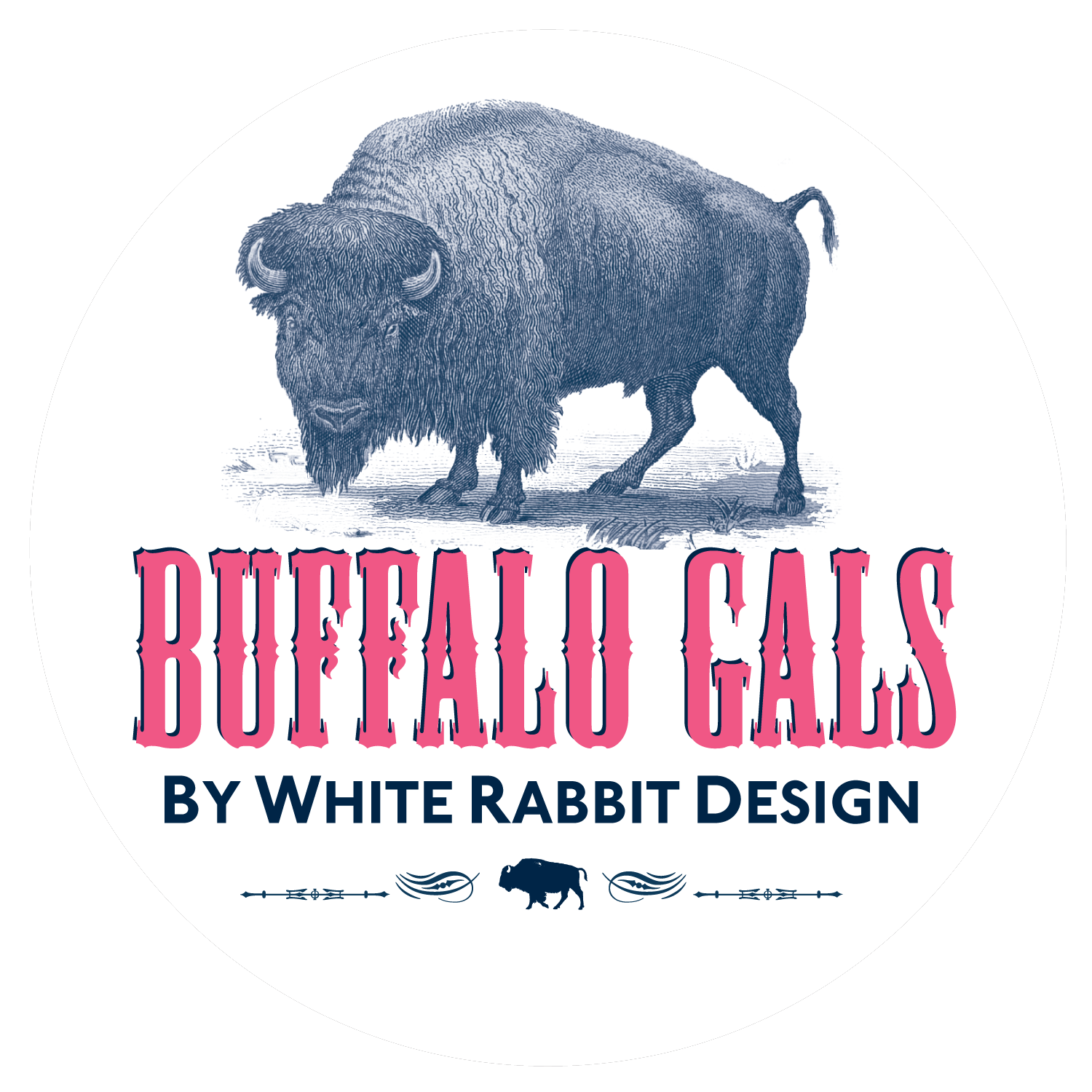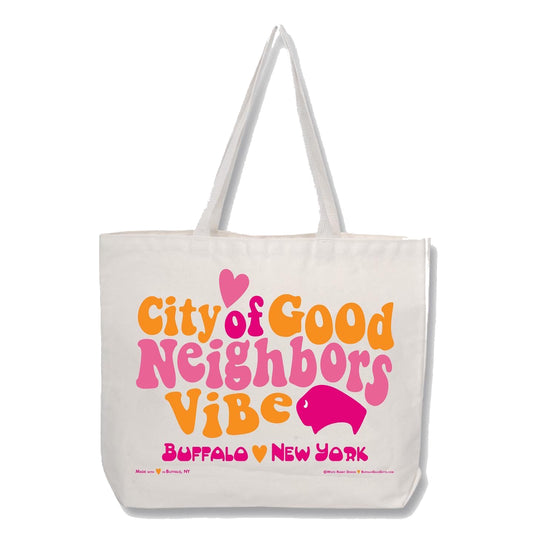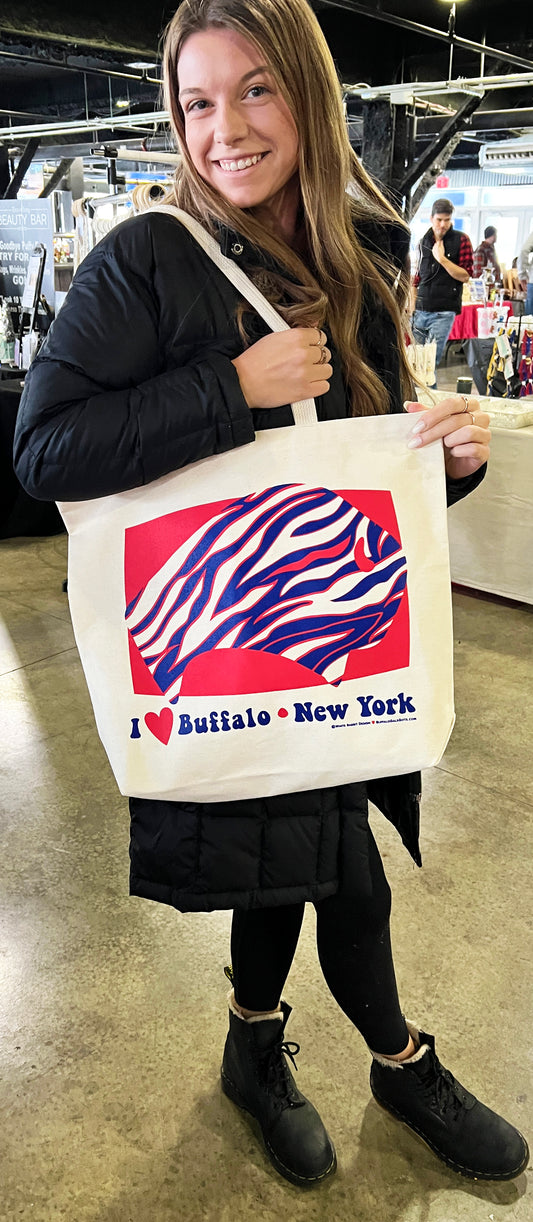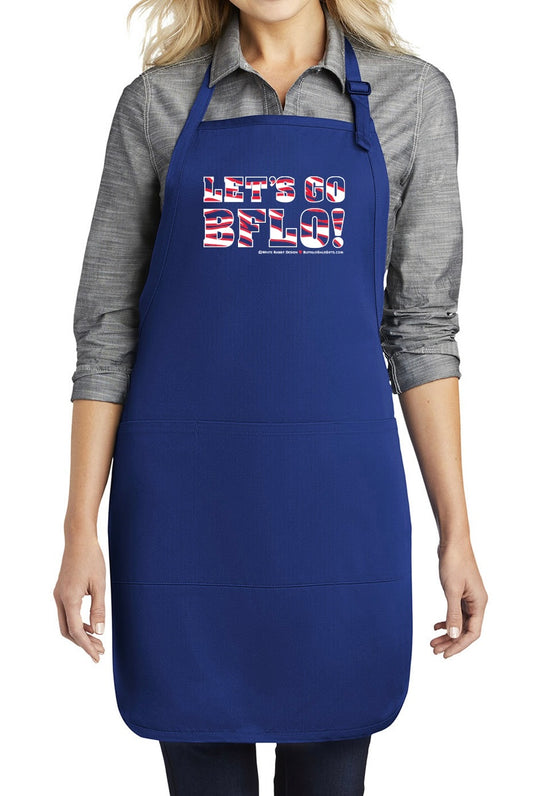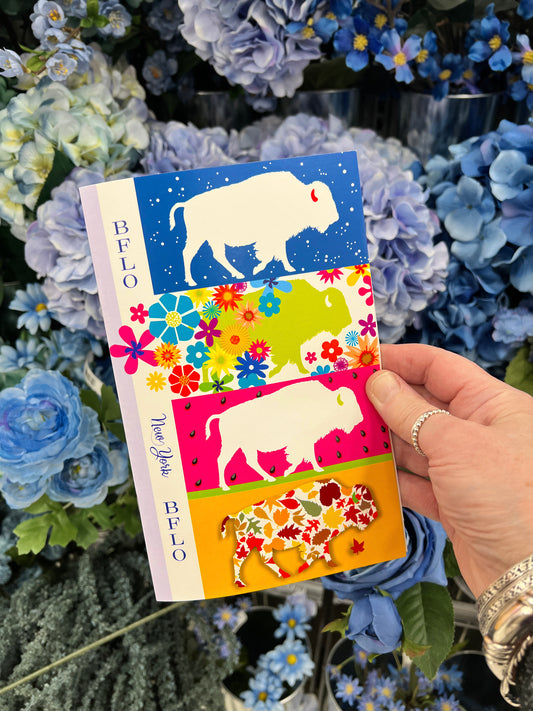-
“City of Good Neighbors Vibe™” Tote
Regular price $31.75 USDRegular priceUnit price per -
“I ❤️ BFLO” Tote
Regular price $31.75 USDRegular priceUnit price per -
“LET’S GO BFLO!” Deluxe Apron
Regular price $33.95 USDRegular priceUnit price per -
“Four Seasons of Bflo” journal
Regular price $7.50 USDRegular priceUnit price per -
“Buffalo NY – The Real Thing” pin
Regular price $10.99 USDRegular priceUnit price per
